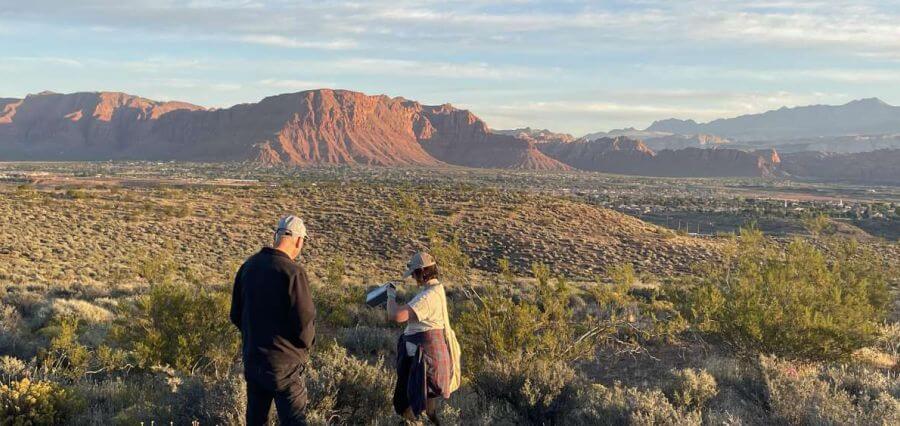A team of researchers from the University of Utah is investigating a fungal respiratory infection believed to be spreading through the soil and dust in Utah. While the exact areas of valley fever within the state remain unknown, Professor of Epidemiology Katharine Walter highlighted the potential for the fungus to expand its range due to climate change. Led by Walter, an interdisciplinary research team is mapping the fungus’s habitat and potential spread. They secured a $375,000 Climate and Health Interdisciplinary Award from the Burroughs Wellcome Fund to support their efforts and raise awareness among vulnerable populations. Valley fever is challenging to monitor as it does not transmit directly between individuals but lurks in soil, causing symptoms resembling influenza, including fatigue, cough, fever, and muscle aches, among others, as per the Centers for Disease Control and Prevention.
Only 20,000 confirmed instances of the disease were recorded by the CDC in 2019, with very few of those cases occurring in New Mexico or Utah.
“When most people think of fungus, they think of mold or mushrooms, something that you can see,” Katrina Derieg said. Derieg is a vertebrate collections manager at the Natural History Museum of Utah and a member of Walter’s reserach team.
“But this is not a fungus that has any kind of visible fruiting body. It can only be identified with a microscope, which makes it really tricky to identify in the field,” Derieg said.
Due to its lack of awareness, valley fever frequently goes misdiagnosed or goes unnoticed, which can delay the essential antifungal therapy for people who are afflicted.
A university press release states that in 2001, ten archaeologists employed at a dig site in northeastern Utah had valley fever. Previous estimates showed that valley fever would not survive in Utah’s soil save for the southwest portion of the state, hundreds of miles from the archaeologists’ location. Valley fever is normally found in hotter, drier places.
Read More: Click Here





